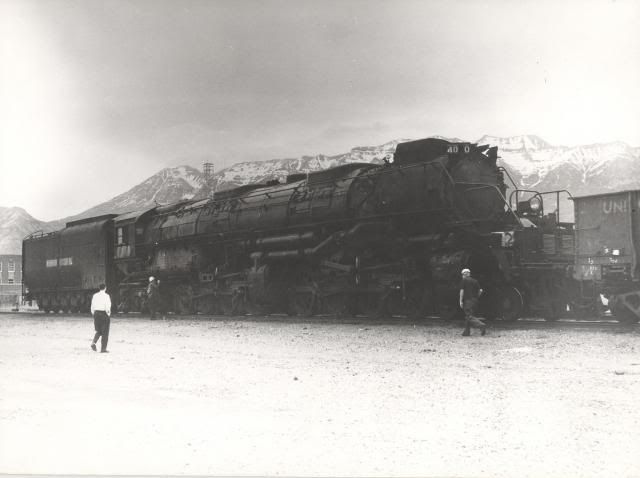Originally Posted by smd4:
Originally Posted by sgriggs:
I would think a locomotive with as much notoriety as a Big Boy awaiting scrapping for that long would have been well-documented and photographed.
You think this locomotive was special? Think again. It was a dump truck, or a Greyhound bus of the times. To 99% of people who saw them, nothing but a piece of machinery built to do a job.
We see trains, and think they should be preserved. The rest of the public saw them as we today see dump trucks or Caterpillar tractors or buses. Do you really think they should be preserved? Of course not.
The bus and Cat and dump truck fans among us would be horrified.
Yeah, I do think this locomotive was special. For a time, there was a program called Big Boy on national television in the 1950s. The UP Big Boy was featured in a 1945 story in Time magazine. The class was widely known in the 1950s and 1960s as the worlds largest steam locomotive (admittedly what constitutes 'largest' can be debated). This widespread perception prevails today, explaining why the remaining Big Boys are the star attractions of the museums lucky enough to count one in their collections. A Union Pacific Big Boy sitting in a scrap line until 1972 would undoubtedly have attracted the attention of, at a minimum, the railfan community. There are photos of N&W A-class articulateds awaiting scrapping in Cincinnati in 1964. There are photos of Southern PS4 1401 in storage before its entombment in the Smithsonian. Neither of these classes were as well known in the public mind as the UP 4000, and yet we have photo documentation of them well after their active careers had ended.



